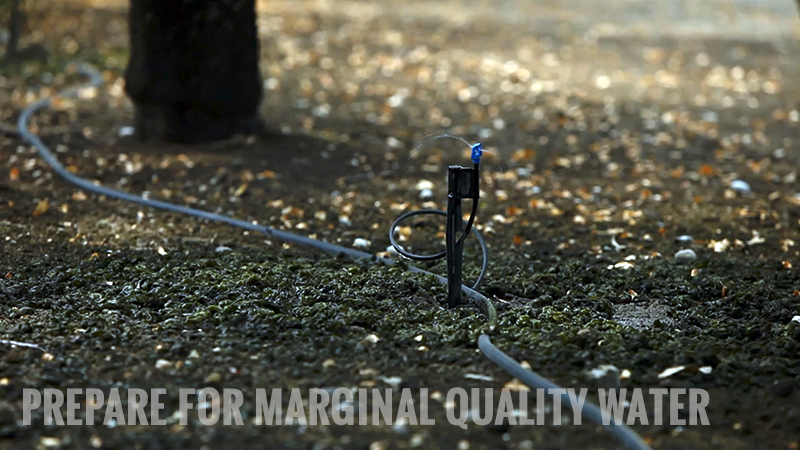More Costs, Less Income: The Life of a Tree Fruit Grower
Chris Gerlach, the Vice President of Insights and Analytics with USApple, had plenty to say about the latest production statistics and industry trends during his state of the apply industry presentation in May. In addition, he touched on several topics relevant to growers of all fruit types. Here are a few such observations that stood out:
Expense Rundown: The 2022 Census of Agriculture notes that, in the last 10 years, expenses for farms of all types grew by 29% while fruit tree and nut farm expenses grew by 49%, primarily driven by increased costs in labor and fertilizer.
“In 2022 labor accounted for 40% of tree and nut farm expenses vs. 12% for all farms. So, it’s definitely more labor intensive than some of the combine-harvesting techniques of other commodities,” Gerlach said.
Meanwhile, net income for fruit tree and nut farms has been decreasing, falling from $6.4 billion to $5.8 billion, down 9% between 2017-22. Conversely, all farm net income has increased by 64% over the decade.
Consolidation: Over the last 20 years, according to the census, the number of small farms (1 to 49 acres) and medium farms (50-179) decreased 40% and 33%, respectively. Large farms (180-499) increased 2% while extra-large farms (500-1,999) dropped 16%. Meanwhile, the largest farms (2,000-plus) rose 42%.
“What is steadily increasing are those extra-extra-large farms,” Gerlach said. “Large farms are getting larger, and small farms are aggregating into bigger operations that can take advantage of some economies of scale.”
Fresh vs. Processed Sales: The latest five-year averages of fresh (67%) and processed (30%) sales remain consistent, Gerlach said, although the numbers do vary by state. New York (5%) and Pennsylvania (4%) are moving up in fresh sales, while Virginia is notably up 10% year over year and 16% over five years. Oregon is also up close to 10% in fresh production.
Where movement has slowed is on processing apples. “A lot of that has to do with the fact that we had such a good year last year, the processors filled up their storage containers, and there wasn’t really a processor market to speak of at the beginning of the season,” Gerlach said.
Imports/Exports: Apple exports are up considerably this year over last year — by 11 million bushels to date. “We’re still not offshoring as many as we did a decade ago,” Gerlach said, noting that factors such as trade policies, the strong dollar, and increased transportation costs all factor into it. “Whatever the reason is, we’re still not getting as many of our apples overseas.”
Gerlach did note market differences — shipments to Mexico are up 48% year to date while Canada is down. “India has come roaring back since the removal of the retaliatory tariffs at the start of the season. Not quite where we were, but last year at this point, we’d sent 31,000 bushels, and we’re already up at 1.7 million bushels,” he says.
There is also declining domestic demand to contend with, Gerlach said, a topic the industry continues to examine.










